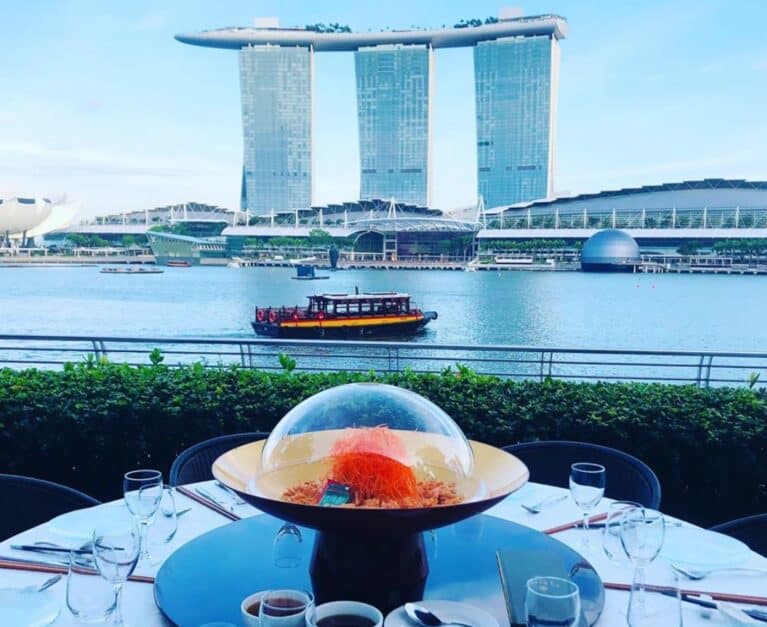Diwali Mithai: An Ultimate Guide to Indian Desserts to Sweeten Up the Festival of Lights
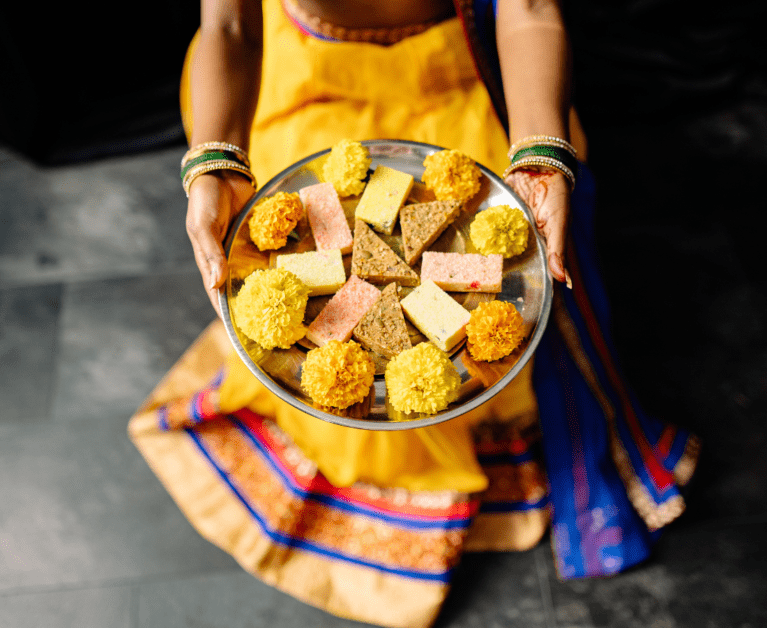
PUBLISHED October 17th, 2022 06:00 am | UPDATED October 24th, 2022 04:26 pm
Diwali, aka the Indian festival of lights is just around the corner. And with any major festival, apart from the traditional ceremonies and prayers, food remains the most important and the most looked forward to aspect of the celebrations. Up your A-game as you visit your Indian friends this month, or simply indulge with all you need to know about Indian desserts known as ‘mithai’!
Kaju Katli
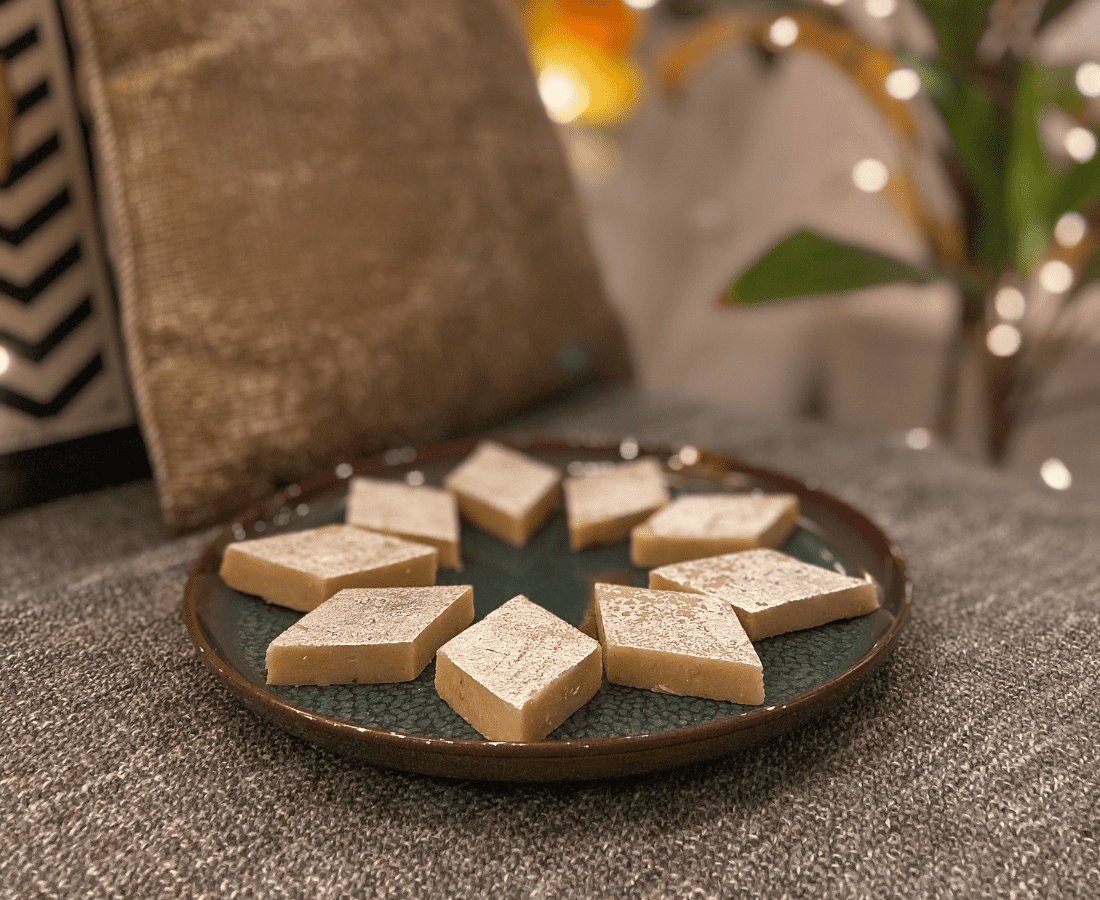
One of the most basic, but also a personal favourite, is the Kaju Katli. Named after cashews (‘kaju‘ in Hindi), one of the prominent ingredients in the recipe, this sweet treat is easily identified through its iconic diamond shape. Made with cashew nuts, sugar, cardamom powder, and ghee butter, it gives way to a rich, sweet and milky flavour profile. Kaju Katli is often wrapped in an edible silver foil known as vark, which not only signifies luxury but is said to posses anti-microbial properties and can increase the shelf life of food products.
Gulab Jamun

Not particularly exciting to look at, these meatball-looking spheres are more than what they let on. Best enjoyed warm, these fritters of delight have a history spanning over 500 years. With many theories surrounding its origin, it is believed that the Persians first brought the desert to India. Experimentation with Indian ingredients resulted in its familiar form today. Consisting of milk solids kneaded into a dough and deep-fried in ghee, the balls are soaked in a sugary syrup of saffron, green cardamom, and rose water. This is also where the dish gets its name, with ‘gulab‘ translating to rose in hindi, and is usually enjoyed during weddings and festivals.
Ras Malai

Ras Malai is a soft – almost sponge-like – melt in the mouth dessert originating from Eastern India. Milk remains a main character here, though accompanied by cream, sugar, and a cardamom-flavoured paneer cheese known as chhana. Crunchy dried produce like almonds, cashews, and pistachios are added to the pillowy discs for increased texture and crunch. The sweet gets its name from a combination of two Hindi words, ‘ras‘, meaning juice, and malai, meaning cream. Some makers also choose to add saffron in the mix to level up the flavours of the dessert, which lend a shade of yellow to the otherwise plain-looking snack.
Kulfi
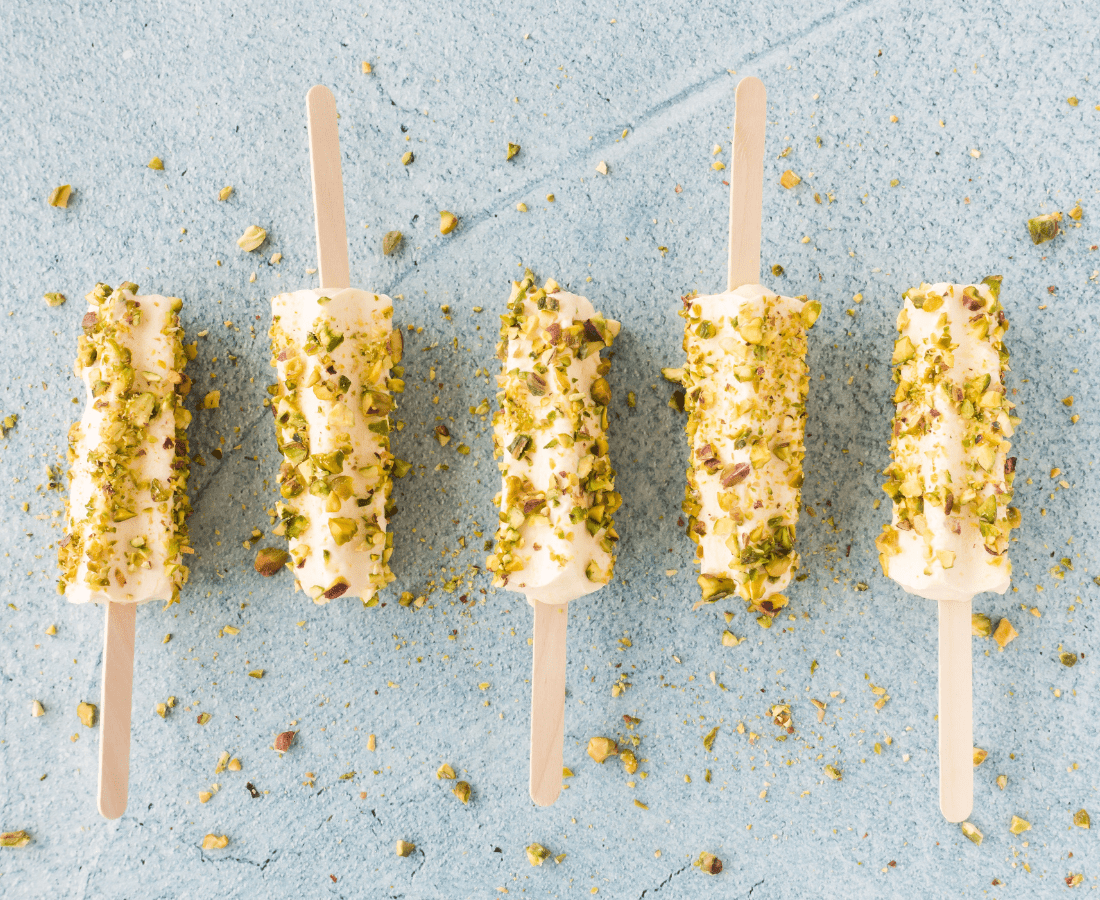
The perfect way to beat the heat, Kulfis are a go to for the summer. Basically your average ice-pop but denser in volume, and given a desi touch, whole milk slowly simmered for a caramelised flavour, and frozen in traditional cone shaped pots. For garnish, the hot day’s saviour is studded with plenty of nuts. Kulfi is believed to have first originated during the Mughal Empire era, between 1526–1761. Today, the ice-cream can be found with a variety of different flavours like strawberry, mango, almond and coconut, though the classic flavour remains the preferred choice.
Kheer
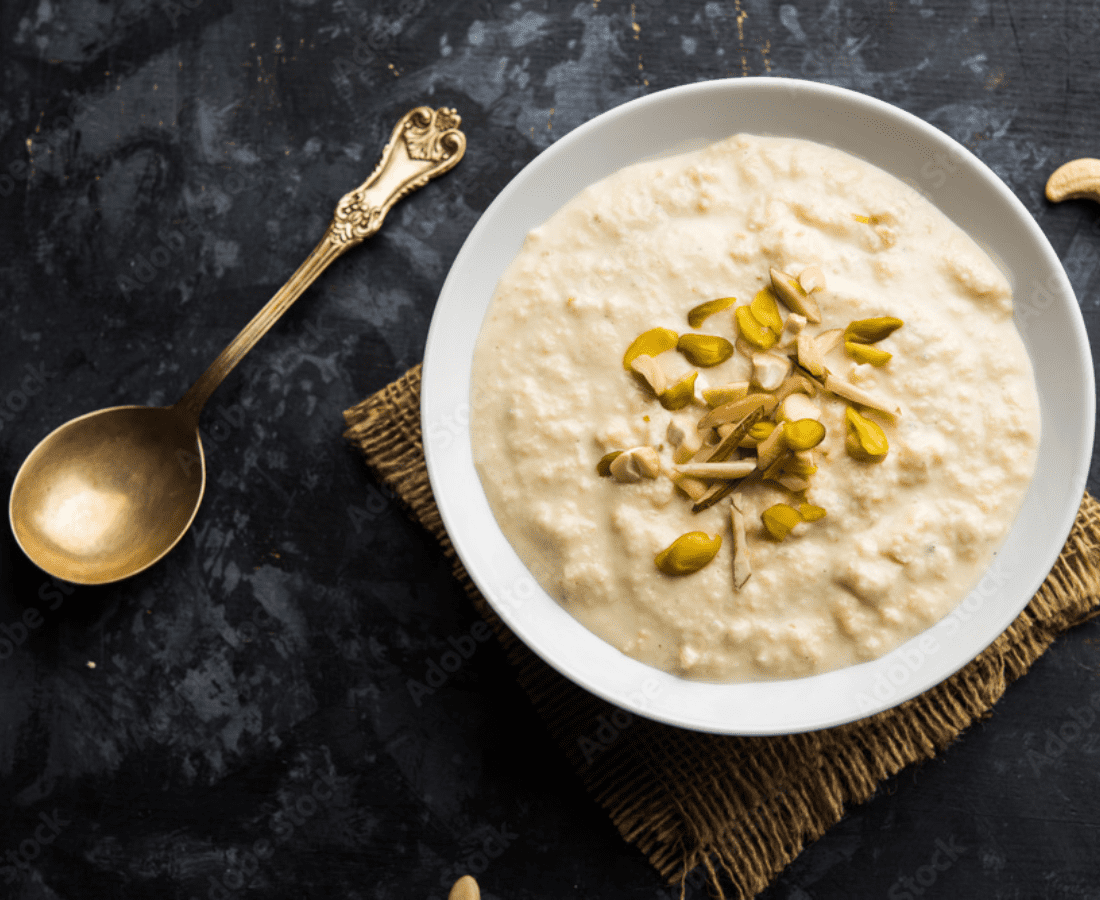
A rice pudding, Kheer or Payas as it is known in southern India, is usually generally made by boiling rice, sugar or jaggery (a concentrated product of cane juice and often date or palm sap) with milk. An ancient one, the dessert was used as offerings for the gods in temples 2,000 years ago, and spread through the entire nation after. Till this day, the ritual is still carried out with, Kheer thought to be an auspicious dessert. The mouthfeel of the dish is unique too, with bits of soft rice, doused in a milky sauce though some home-makers have adapted the original recipe to cater to more modern tastes.
Halwa
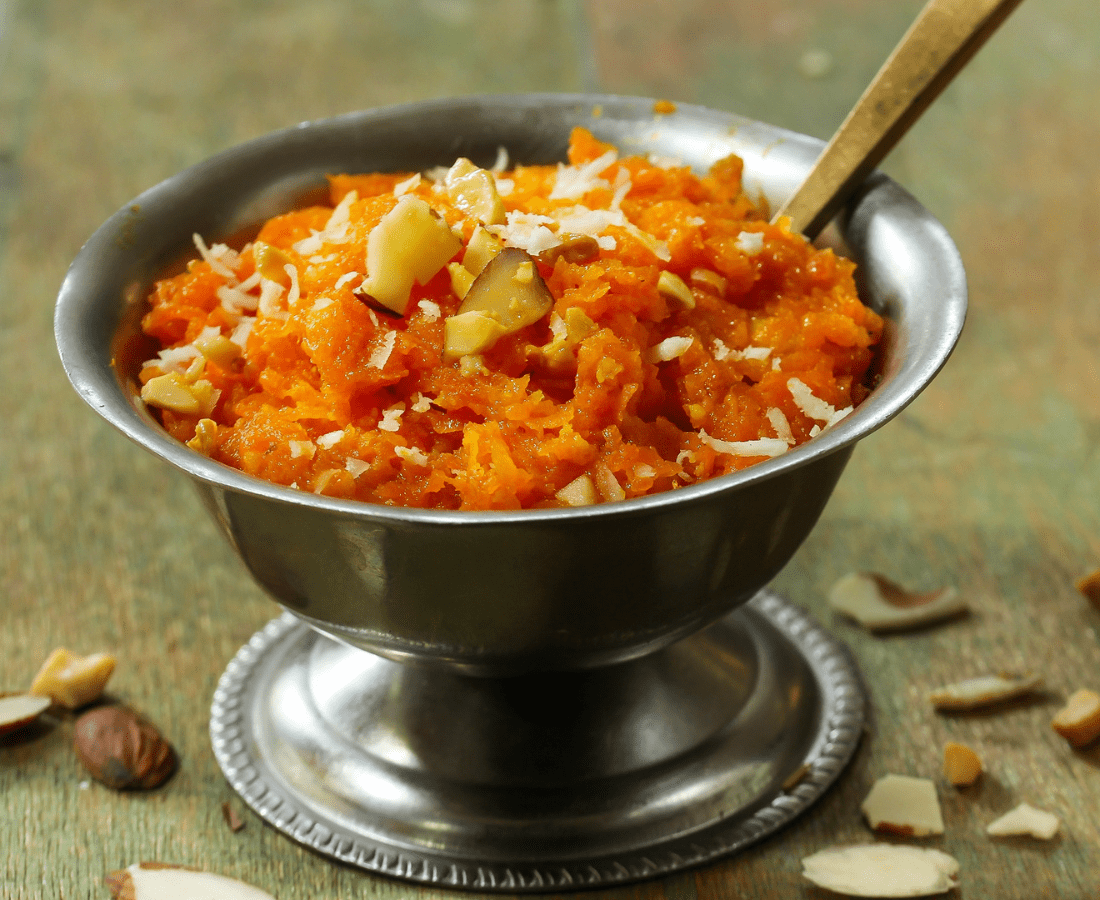
Another treat with roots in the Arabic lands, Halwa came to India via the Persians. The confectionary, which has almost the same consistency as cookie-dough, is created with a thick paste combining flour, semolina, or finely ground seeds and nuts, then sweetened with sugar or honey. This leaves the sweet tooths with a nutty toasted flavour. Another, more popular, version is the Gajar ka Halwa. This iteration blends milk, sugar, nuts, ghee, dried milk and grated carrots, giving the dish its bright orange colour and more texture. Enjoyed either chilled or warm, this dessert is now being adopted in healthier and sugar-free versions.
Jalebi

These swirly bites of heaven have already made a name for themselves, especially with Jason Derulo naming one of his tunes after it. The funnel-cake like treat is made with a batter of all purpose flour, gram flour, baking soda and water. It’s put in a piping bag and deep fried in spiral forms, before bing bathed in sugar syrup. This results is a crunchy, chewy texture with a crystallised sugary exterior coating and a juicy bite. Modern day versions can include citric acid and rose water in the syrup for extra flavouring. One tip is to eat them quick, before they become soggy!
Ladoo

Mostly used as offerings during prayers and celebratory events, Ladoos or Laddus are one of the most popular Indian confectionaries. With over 15 different types of versions available, the most popular one is the Besan Ke Ladoo, produced with gram flour and roasted in ghee. Another is the bright orange hued Motichoor Ladoo. This version is made with small boondi (tiny rounded balls made from fried chickpea flour) for added sweetness and texture. These days, ladoos are made with many different spices and ingredients, including chocolate and coffee.
Soan Papri
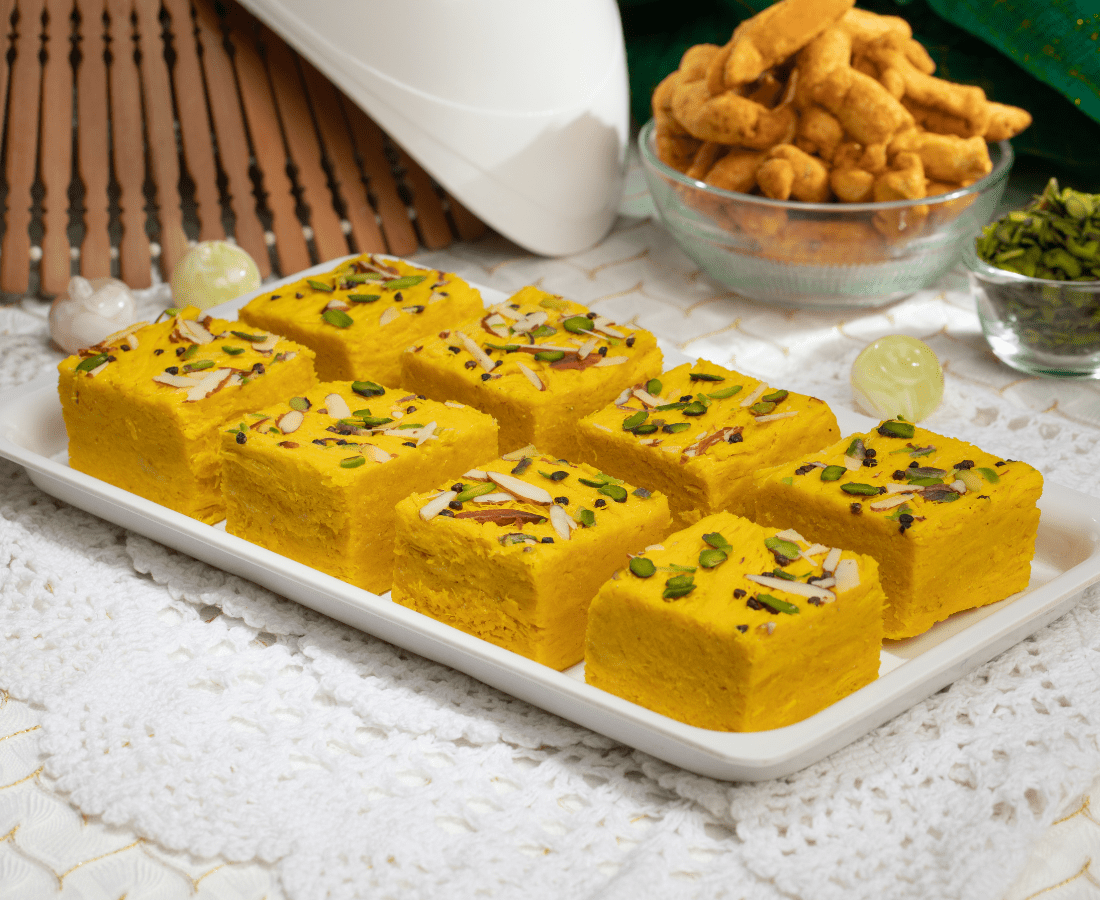
A more classic dessert enjoyed by the older generation is Soan Papri. Inspired by Turkish desserts, it’s flaky and crisp, and melts instantly when it enters the mouth. The recipe to make this dessert beings together sugar, gram flour, flour, ghee, almond, milk, and cardamom. The sweet treat is then topped of with pistachios and almond flakes for garnish.

